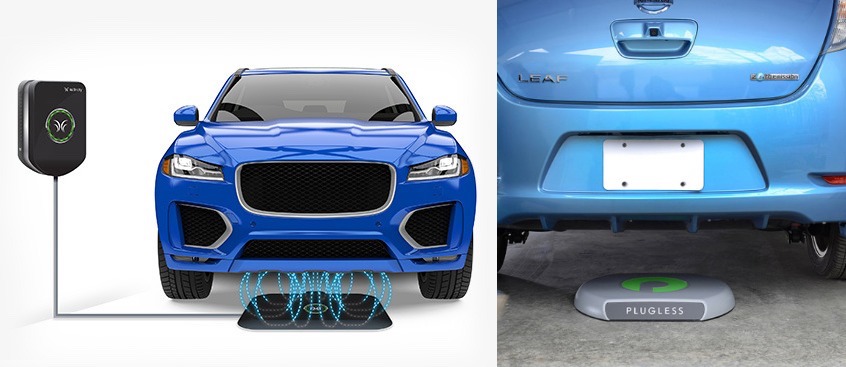The connector world is constantly evolving to support dynamic market trends. Emerging high-speed connectivity products are currently responding to a number of technology trends and, once released to market, will serve, inspire, and enable a multitude of next-gen, high-speed applications for many years to come.
As businesses and consumers demand more convenience, mobility, power, and speed from the devices we use, design engineers require more from the connectivity solutions they employ to push these devices to the next level. More powerful, versatile, and innovative connectors are becoming available to serve these designs. Many factors are fueling the growth of the electronics industry, but the five key technology trends that follow will have an especially strong influence on new connector design and development in the years to come.
Technology Trend #1: High-speed connectivity solutions will support 5G networks and faster, ultra-high-bandwidth, lower latency signals.
As 5G networks continue to roll out, high-speed connectors and cables are needed to support this infrastructure and the substantially higher data rates it will carry. Powerful new technologies will be made possible by this instantaneous connectivity. Network equipment and remote radio and active antenna systems will bear the brunt of this activity. The promise of high-speed connectivity will have an especially profound impact on markets such as automotive, transportation, and test and measurement. The connector industry has been ahead of this demand, and several companies have already developed next-gen high-speed solutions.
Technology Trend #2: Magnetic, LED, vibration, and combination user-recognition mating systems are changing the way connectors come together.
For many years, users have relied on tactile and audible mating cues to indicate positive connector engagement. Some of the latest interconnect solutions are taking this to a new level with magnetic, LED, or vibration features, or combinations of technologies designed to assure users that they have achieved a secure, properly mated coupling. This is especially critical in difficult-to-reach architectures and high-reliability applications including medical, military, and aerospace applications.
Technology Trend #3: Miniaturized connectors and high-density contacts conserve space and weight to support prevailing cross-market trends towards portability and wearability.
Trends favoring portability, mobility, and wearable devices continue to influence every market. To make these compact designs possible, connector suppliers are delivering miniaturized form factors with higher contact densities. The latest generation of connectivity products conserves space and reduces weight without compromising functionality. This trend has fueled a boom in wearable devices, which has brought great flexibility and more user-friendly designs to medical, consumer, and military markets.
Technology Trend #4: More than just power, wireless charging headwinds create adoption tailwinds.
Wireless power transfer is the transmission of electrical energy without traditional plug-and-play connectors and is designed to increase the mobility, convenience, and safety of electronic devices. Wireless charging has emerged as a popular feature for smartphones, earbuds, fitness bands, handheld computers, and other devices. It is also emerging for electric vehicles. Initially, designers were drawn to the convenience and interoperability that wireless charging can provide to users, but now engineers explore this technology with an eye towards eliminating some traditional mechanical connectors.
Technology Trend #5: As adoption of electric vehicles trend upward, EV connectivity solutions are increasing.
As the world shifts towards greener energy, the adoption of wireless charging technologies is set to continue. How energy is captured, stored, consumed, and delivered is of increased importance to consumers. This trend continues to create opportunities for power charging connectors and emerging wireless charging technologies. Wireless charging could disrupt the EV charging connector market, but it’s also likely to drive EV adoption.

Post time: Apr-20-2024
